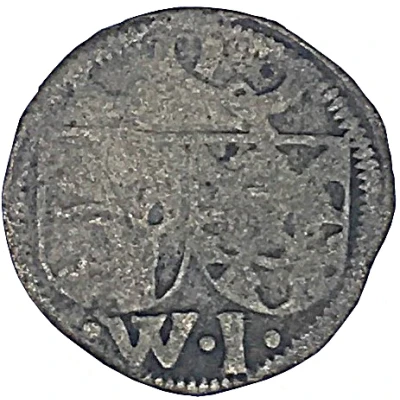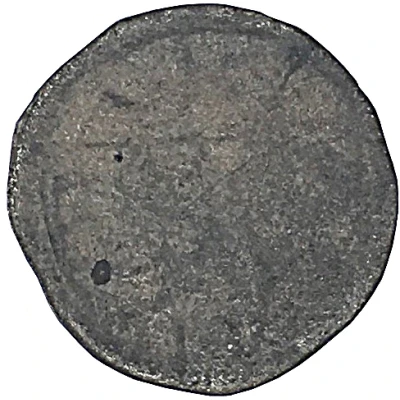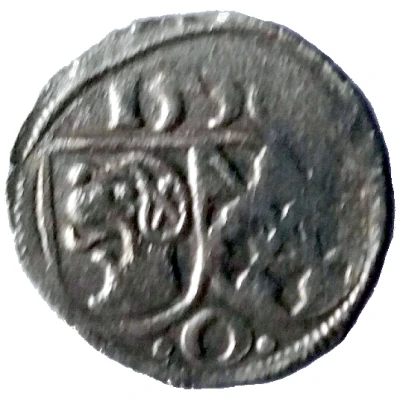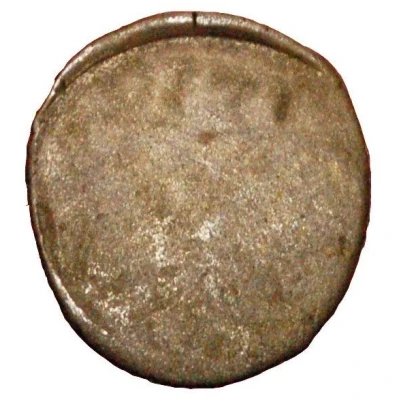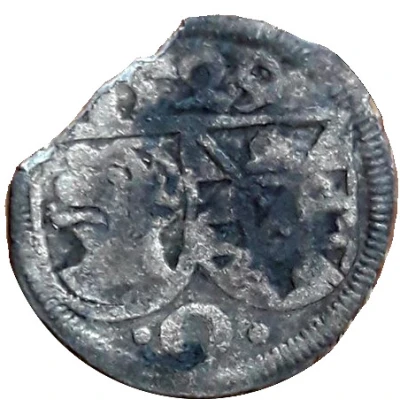
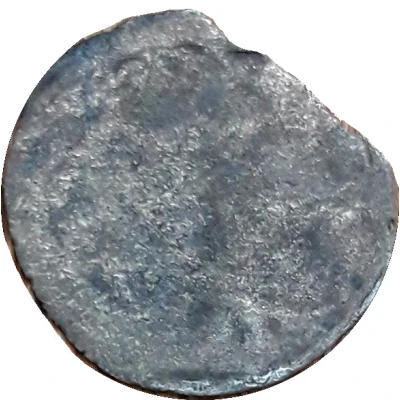

Obverse © Vinicius Peclat
1 Pfennig - Martin, Louis XIV, Charles Wolfgang and Louis XV
| Silver | 0.25 g | 14 mm |
| Issuer | Öttingen (German States) |
|---|---|
| Count | Charles Wolfgang (Karl Wolfgang) (1522-1549) Louis XIV (Ludwig XIV) (1520-1548) Louis XV (Ludwig XV) (1522-1557) Martin (1520-1549) |
| Type | Standard circulation coin |
| Years | 1523-1529 |
| Value | 1 Pfennig (1⁄288) |
| Currency | Thaler |
| Composition | Silver |
| Weight | 0.25 g |
| Diameter | 14 mm |
| Shape | Round (irregular) |
| Technique | Hammered |
| Demonetized | Yes |
| Updated | 2024-10-05 |
| Numista | N#229643 |
|---|---|
| Rarity index | 92% |
Reverse
Blank.
Comment
Ref. L#89, 100-02, 104-05. Uniface. Varieties exist.Neolithic remains indicate that the region was already settled by around 5000 BC. Archaeologists have also discovered the remains of a Bronze Age settlement and a Roman village.
The old town centre has a highly unusual aspect; while the eastern side of the main street and market place is baroque, the western side is half-timbered. From 1522 to 1731, the town was split between the Protestant house of Oettingen-Oettingen and the Roman Catholic house of Oettingen-Wallerstein, which built the baroque facades. As well as one side of the street being Protestant and the other side being Catholic, one side used the Julian calendar, and the other side used the Gregorian calendar. Each side also had its own synagogue.
Unlike nearby Dinkelsbühl, which survived World War II unscathed, Oettingen was severely damaged on 23 February 1945 by an Allied bombing raid, part of Operation Clarion, in which 48 aircraft dropped some 500 bombs on the town, killing 199 persons.
Interesting fact
One interesting fact about this coin is that it was minted during a time of great cultural and artistic flourishing in Europe, particularly in Germany, where the Renaissance movement was gaining momentum. The coin features four different rulers, each with their own unique style and achievements, which reflects the political and cultural influences of the time. Additionally, the fact that it is made of silver, a valuable and durable metal, speaks to the coin's intended use as a medium of exchange and store of value.
